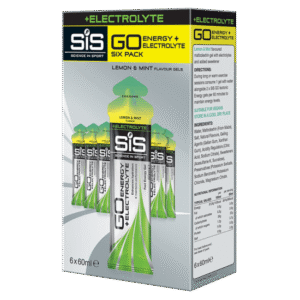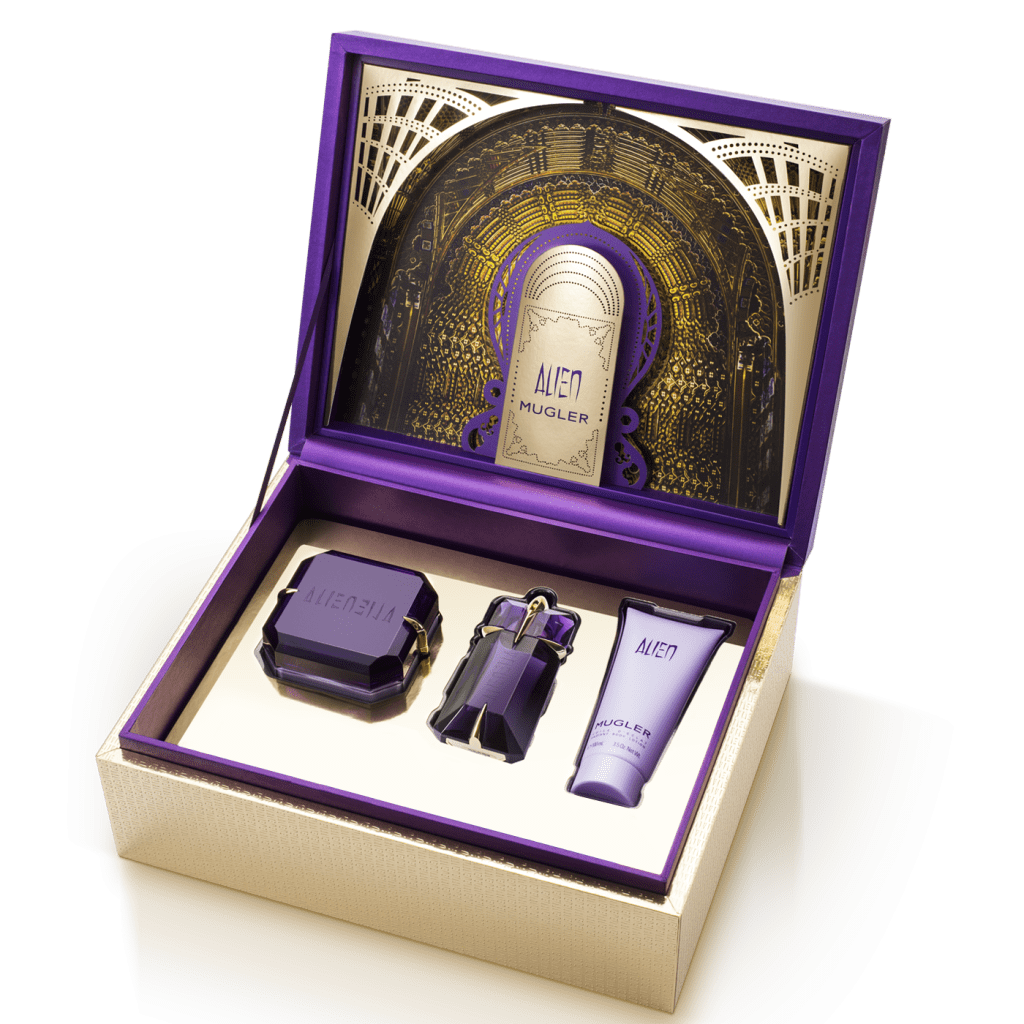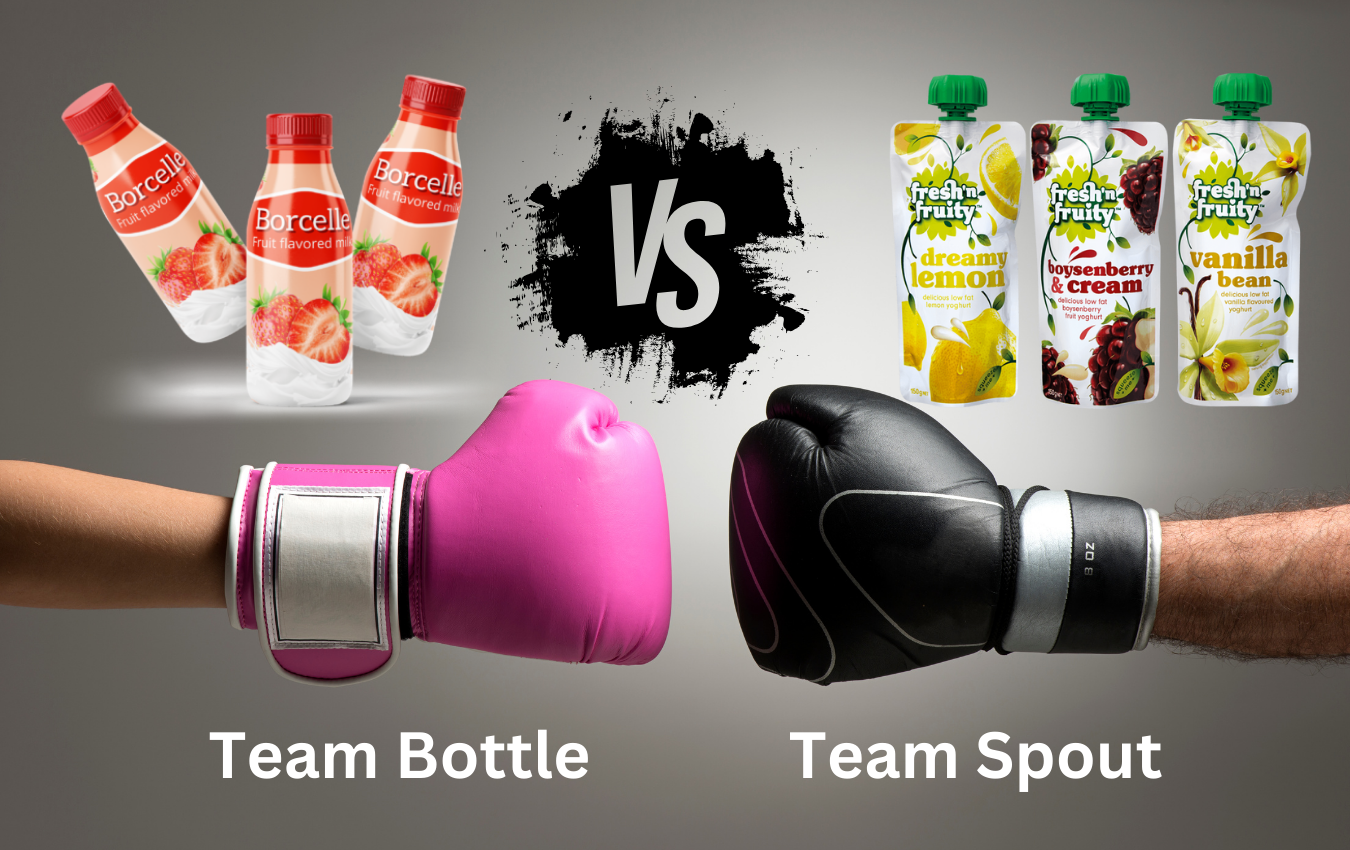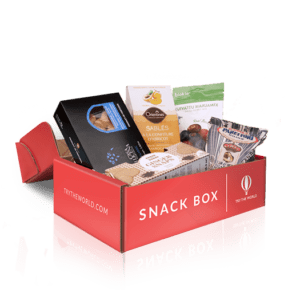Home » Lithographic Printing in Packaging: is it Worth it?
Lithographic Printing in Packaging: is it Worth it?

Lithography in packaging is a process used to print high-quality graphics and text on various substrates, such as plastics and paper. This technique is used in various industries, including consumer goods, pharmaceuticals, and food packaging. Lithography is often used in packaging to enhance the visual appeal of the product, provide important information to consumers, and differentiate the product from competitors. But is it worth it?
In this blog post, we will explore the benefits and drawbacks of lithography in packaging and help you decide whether it’s worth it for your business.
What is Lithography in Packaging?
Lithography is a printing process that involves transferring an image from a flat surface (called a lithographic plate) to a substrate using ink. The image is transferred to the plate through a process of exposing the plate to light, which hardens the image area and makes it receptive to ink. The plate is then mounted on a press, and the ink is applied to the plate, which is then transferred to the substrate. The result is a high-quality, detailed image with sharp edges and vibrant colors.
In packaging, lithography is used to print high-quality graphics and text on a variety of substrates. This technique is often used for product labels, cartons, and other packaging materials. Lithography can be used to print text, logos, and other design elements in a range of colors and sizes, making it a versatile option for packaging design.

Benefits of Lithography in Packaging
High Quality and Consistency: Lithography is known for producing high-quality, detailed images with sharp edges and vibrant colors. The process is also highly consistent, ensuring that each print is identical to the previous one.
Versatility: Lithography can be used on a wide range of substrates, including paper, metal, and plastics, making it a versatile option for packaging design. This makes it a suitable choice for a wide range of packaging applications.
Customizability: Lithography allows for a high level of customization, including the ability to print in a wide range of colors, sizes, and fonts. This makes it an ideal choice for companies that want to create a unique and memorable packaging design.
Drawbacks of Lithography in Packaging
Cost: Lithography can be expensive, particularly for small runs or complex designs. This is because it requires the creation of a lithographic plate, which can be time-consuming and costly. Additionally, the ink used in lithography is more expensive than other types of printing ink.
Limited Flexibility: Once a lithographic plate is created, it is difficult to make changes to the design without incurring additional costs. This can make it difficult to make changes to packaging designs after they have been printed.
Environmental Concerns: The lithographic printing process requires the use of chemicals and solvents, which can have environmental impacts. Additionally, the printing plates used in lithography are often made from aluminum, which requires a significant amount of energy to produce.

Is Lithography in Packaging Worth it?
Ultimately, the decision to use lithography in packaging will depend on your specific business needs and goals. Lithography is a high-quality printing process that can help to create memorable packaging designs that stand out on store shelves. However, it can also be expensive, particularly for small runs or complex designs. Additionally, the environmental impacts of lithography should be taken into consideration when making the decision to use this printing process.
If you are looking to create high-quality, memorable packaging designs for your products, lithography may be worth the investment. However, if cost or environmental concerns are a priority, other printing processes may be a better fit for your business needs. Ultimately, the decision to use lithography in packaging should be based on a careful consideration of your specific needs, goals, and budget.
If you are interested in custom packaging with lithographic print, then partner with Brown Packaging today to get started.
RSC boxes are known for their efficiency and versatility, but their performance ultimately comes down to strength. Buyers often see numbers like ECT, BCT, and
In packaging, foam isn’t just about initial protection — it’s about maintaining performance over the entire shipping or storage cycle. Compression set and recovery characteristics
Pouches are a go-to for flexibility and convenience, but they can fail in critical ways—from poor seals to punctures and delamination—that hurt performance and brand
In the retail environment, the placement of Point of Purchase (POP) displays is just as critical as their design and content. Strategic positioning can significantly
Choosing the right foam density isn’t about “soft” versus “hard” — it’s about controlling shock transmission and matching the foam’s cushioning curve to the product’s
Moisture resistance and dimensional stability are critical performance factors for custom inserts, especially when products are shipped or stored in variable climates. Both foam and
Home » Lithographic Printing in Packaging: is it Worth it?

Limited edition and special collection items provide a unique customer experience that can significantly elevate a brand’s appeal. One way to make these products stand

When it comes to packaging liquids and semi-liquids, two popular options are spout pouches and traditional bottle packaging. Both have their advantages and disadvantages, making

Point of Purchase (POP) displays are a key element in influencing consumer decisions at the critical moment before purchase. The effectiveness of these displays can


